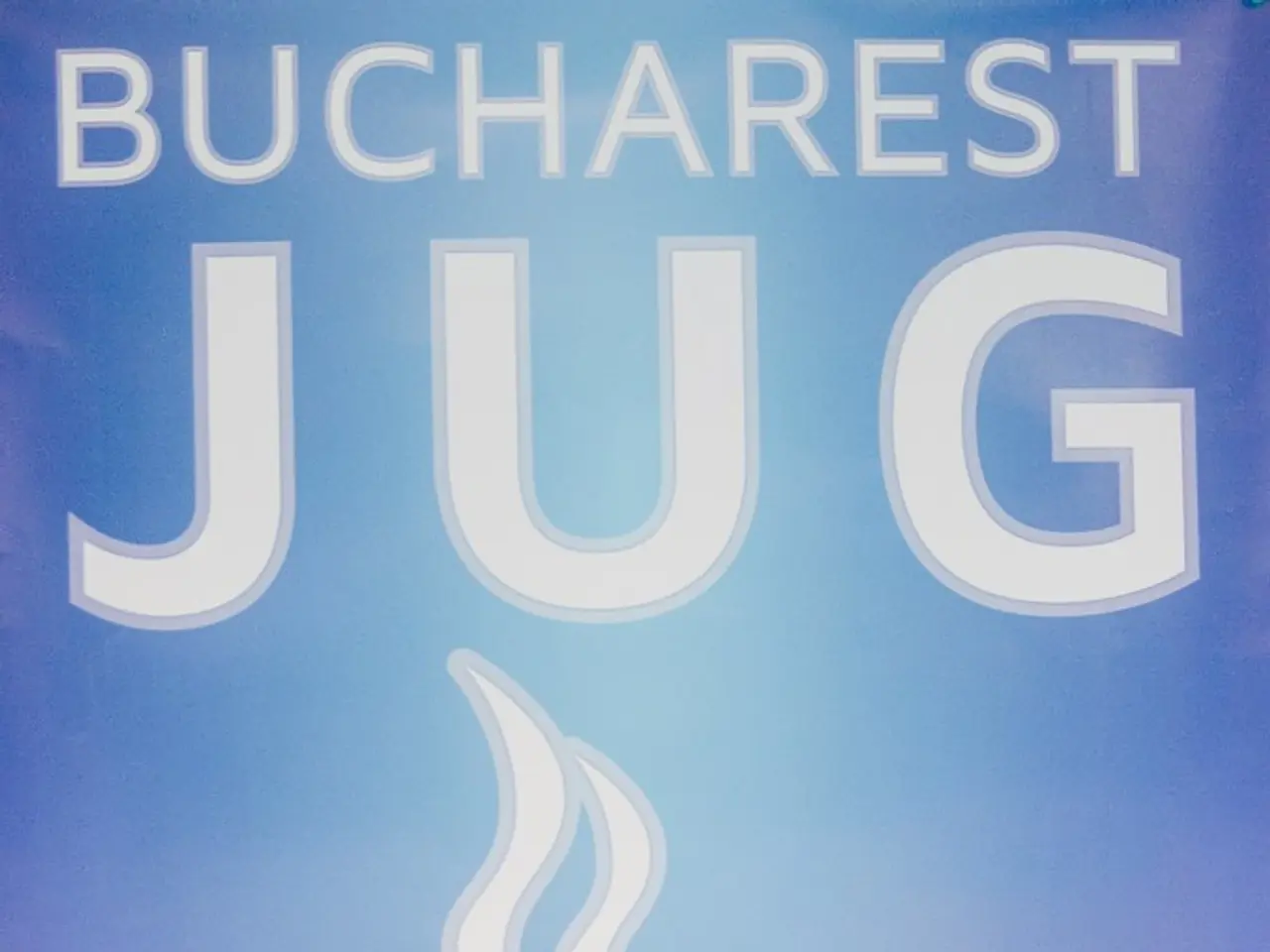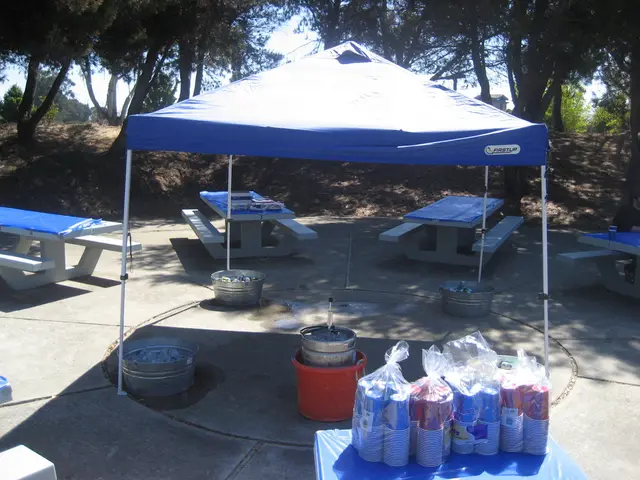VMware Reduces Release Frequency for Premium Cloud Foundation Product Line, While Extending Support Duration
**VMware Alters Release Cadence and Support Lifecycle for Cloud Foundation**
VMware, a leading provider of cloud infrastructure and digital workspace technology, has announced a revamp of its release cadence and support lifecycle for its flagship Cloud Foundation (VCF) suite. The changes, introduced with the launch of VCF 9.0, are designed to provide customers with greater flexibility and extended support periods while adjusting the frequency of major and minor updates.
**New Release Cadence**
In a shift from a 2-year major release cycle, VMware has extended the cycle to 3 years, meaning that major updates will now occur less frequently. Minor updates, however, will still be issued approximately every nine months, resulting in four minor releases per major release (e.g., VCF 9.0, 9.1, 9.2, 9.3).
**Impact on Frequency of Updates**
The new cadence implies a reduction in the frequency of major updates but maintains a consistent flow of minor updates. This approach provides customers with smaller, more manageable updates while giving them more time to upgrade to the latest major release versions.
**Impact on Partner Program**
The new release cadence and support model are likely to affect VMware's partner program by offering partners more stability in long-term support structures and increased flexibility in their service delivery and support offerings, potentially leading to stronger customer relationships.
**Impact on Cost Reduction Strategies**
The extended support lifecycle (6+1 years) and reduced frequency of major updates can help customers and partners implement cost reduction strategies by reducing the urgency for frequent major upgrades, allowing for more effective planning and budgeting for IT infrastructure.
**Developer Experience Improvements**
VMware Cloud Foundation 9.0 also includes significant improvements to the developer experience, such as centralized and easy-to-discover developer documentation, which can facilitate more efficient integration and automation, indirectly supporting cost reduction by streamlining development processes and reducing the time spent on integration tasks.
VMware's changes in product lifecycle are in response to customer feedback and aim to give customers more time to install each update. The alterations are also predicted to be in response to Broadcom's aim to lower costs and increase profits.
VMware's partners are rebooting their programs, potentially affecting smaller players, while competitors are ramping up their efforts to create alternative stacks. Notably, Citrix is signaling a return to the mainstream hypervisor market with a product that is not yet fully ready.
In contrast to VMware, Broadcom requires manual downloading of updates from the Broadcom Support Portal for installation, and prefers to sell three-year subscriptions to VCF, aligning procurement and release cycles. Future VCF updates may bring substantial additions through the use of "supervisor services".
Telefónica Germany has offloaded VMware support to Spinnaker due to high renewal costs, indicating a growing trend of customers seeking cost-effective alternatives to traditional support models.
- The adjustment in the release cadence for VMware's Cloud Foundation suite, amidst the data-and-cloud-computing technology, now extends major updates to every three years, thereby employing AI in identifying smaller, manageable updates via minor releases, delivered approximately every nine months.
- The increased support lifecycle (6+1 years) in VMware's cloud infrastructure, accompanied by the reduced frequency of major updates, could potentially facilitate the implementation of AI-driven software and data-and-cloud-computing technology, enabling cost reduction strategies through more effective planning and budgeting for IT infrastructure.







